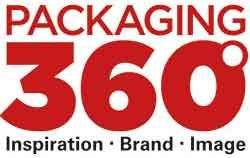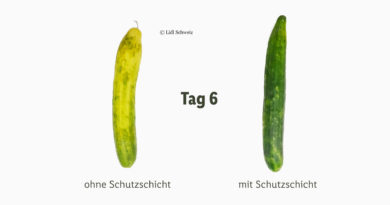Henkel Leads the Way with Digital Watermarks
Henkel uses a new technology with digital watermarks for bottles of its fabric softener brand Vernel. The pilot project is part of the “HolyGrail 2.0” initiative, which involves a total of more than 85 companies and organizations.
Digital watermarks work like a barcode on the packaging, invisible to the human eye. In the future, they could help to put the sorting of packaging waste in the waste stream on an entirely new footing. The approach creates new possibilities for this that cannot be realized with current technologies. The new processes are being investigated as part of the “HolyGrail 2.0” initiative. The aim of this initiative is to drive forward innovative digital technologies that can contribute to better sorting and thus higher-quality recycling for packaging in the EU. The initiative was launched by the European brand association AIM (“Association des Industries de Marque”). “HolyGrail 2.0” also includes the commissioning of an industrial pilot plant to test the functionality of watermarking technologies for the purpose of more accurate sorting of packaging waste and higher quality recycling. In addition, an economic assessment is to be carried out.
Efficient separation into material groups
Henkel is now moving forward with the initiative and is implementing the new technology in two Vernel products to be launched in Germany in October. “Our Vernel bottles consist of 100 percent recycled and recyclable PET and are surrounded by a separable sleeve made of a different material,” explains Dr. Thorsten Leopold, Head of International Packaging Development Home Care at Henkel. “In order to recycle the packaging, the consumer currently still has to separate the two types of plastic, as many sorting systems are otherwise unable to identify the bottle material correctly. Digital watermarks could make this step superfluous”. The technology could identify the bottle material and then efficiently sort it into the right material group.
A “digital recycling passport“
Digital watermarks are unobtrusive, stamp-sized codes that are applied to the surface of the packaging of consumer goods. They can carry a wide range of markings: These include, for example, information on manufacturers or information on processed plastics and the composition of multi-layer objects. The aim is to capture and decode the digital watermark with a high-resolution camera attached to the waste sorting plant. Depending on the transferred marking, the sorting plant can then sort the packaging waste into the appropriate material fractions. Apart from its function as a “digital recycling passport”, digital watermarks can also be used in other areas, such as customer loyalty, supply chain visibility and retail, Henkel says.




